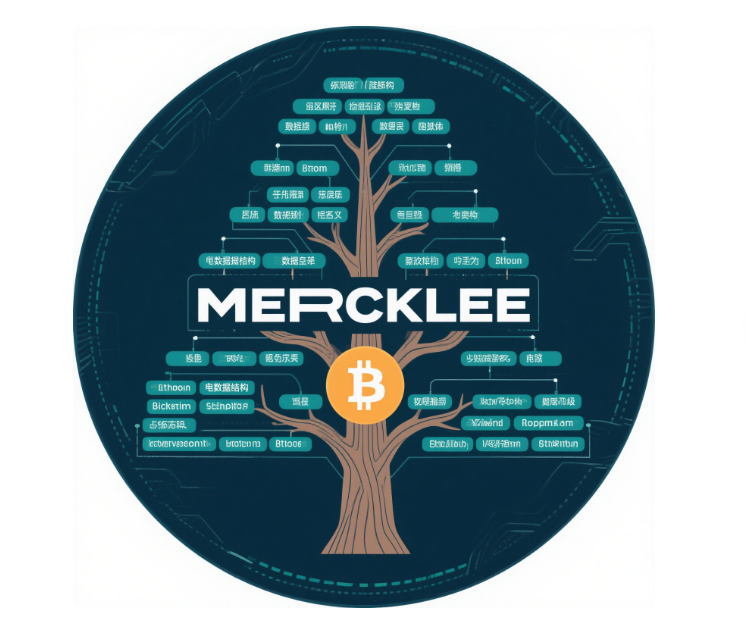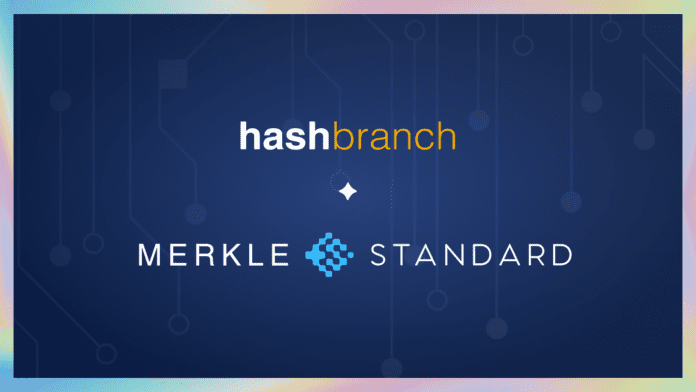In the world of digital currencies, a multitude of terms and technical concepts can overwhelm many new investors. Today, let’s dive into two crucial yet often overlooked concepts—PoR (Proof of Reserves) and Merkle Tree. These technologies not only underpin the infrastructure of some emerging blockchains but also serve as a safeguard for the security of digital currencies.
1. What is PoR (Proof of Reserves)?
PoR, or Proof of Reserves, simply put, is a way to ensure that a cryptocurrency platform (like an exchange) truly possesses the deposits made by its customers. To gain user trust, exchanges need to provide transparency regarding the reserves they manage. This means that the funds and assets deposited by users on the platform must have sufficient, verifiable reserves backing them.

1.1 The Role of PoR
The primary task of PoR is to enhance transparency and user trust. By utilizing PoR, users can verify whether the exchange has enough backup for their deposits, thus protecting their assets from misappropriation. This importance has become even more pronounced in light of recent incidents involving cryptocurrency exchanges shutting down.
1.2 How PoR Works
PoR is generally verified through the following steps:
Asset Verification: Exchanges will publish the addresses of their owned cryptocurrency assets, which are publicly accessible.
Third-Party Audits: Typically, independent audits by third-party firms will be conducted to verify the assets of the exchange. The results of these audits are made public to ensure the information is accurate and reliable.
Transparency Report: Exchanges will regularly release transparency reports, summarizing all user deposits and their corresponding reserves.
It becomes clear that PoR is not just a technical method but an essential tool for rebuilding user trust.
2. What is a Merkle Tree?
Next, let’s discuss the Merkle Tree. This is a specialized tree data structure widely used in blockchain technology, particularly in Bitcoin and Ethereum. Its primary function is to efficiently and securely verify transaction data within the blockchain.

2.1 Structure of a Merkle Tree
In a Merkle Tree, each node stores the hash of its child nodes, culminating in a root node that represents a complex hash of all underlying data. The benefit of this structure is that it allows for quick verification of whether a specific transaction is included in a block via the root node's hash.
2.2 How Merkle Tree Works
Creation: First, all transaction data is hashed to create leaf nodes. Next, pairs of adjacent leaf nodes are hashed together to form upper-level nodes. This process continues until the root of the tree is formed.
Verification: Users only need to obtain the root hash and the hash path connecting to the relevant transaction (i.e., the hash of parent nodes) to quickly verify whether that transaction exists in the blockchain.
The Combination of PoR and Merkle Tree
With an understanding of PoR and Merkle Tree, let’s explore how they can be combined. Many modern exchanges utilize Merkle Trees to manage the storage of customer assets. Specifically, exchanges can input user deposits into a Merkle Tree, enabling each user to verify the existence of their assets based on the integration with PoR.

Conclusion
In the intricate world of blockchain and cryptocurrency investments, grasping emerging technologies and concepts is vital. By deeply understanding PoR (Proof of Reserves) and Merkle Tree, not only can we protect our investments better, but we can also position ourselves favorably in this rapidly evolving field. I hope this article provides a clearer insight into these two important concepts!
















No comments yet